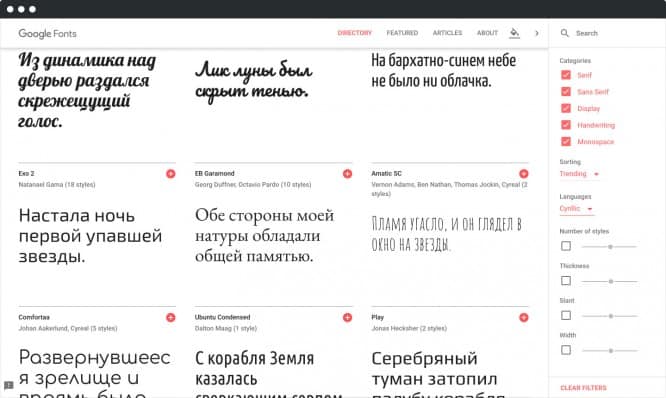Why criticism is good for creativity
Why criticism is good for creativity
One of the most popular mantras for innovation is “avoid criticism”. The basic assumption is that criticism kills the flow of creativity and enthusiasm from the team. Criticism aversion has spread significantly over the past 20 years, especially among design thinkers. In the IDEO online platform, the first rule of brainstorming is “defer judgment.” To formulate this rule more practical and understandable, it was paraphrased: “When a person proposes an idea, do not say“ Yes, but … ”to point out flaws; Instead, say, “Yes, and …” to encourage team members to add detail to the original idea.
We challenge this approach. It instills a superficial sense of cooperation that leads to conflict and weakens ideas. We believe that the result of years of research and participation in innovative projects is that effective teams do not abandon critical thinking; they create with it. Therefore, we propose a different approach: the rule “Yes, but also …”. To explain how this rule works, let’s first discuss why criticism alone (“Yes, but …”) and only one idea (“Yes and …”) do not work.
The rule is “Yes, but”. The problem with this rule is that ideas, even if they are really great, often have serious flaws. This is especially true for the most innovative ideas as they dive into uncharted areas. If someone uses a flaw in an idea to kill it, a great innovation may be missed.
The rule is “Yes, but also”. We propose to combine the best traits of criticism with the best traits of thinking. When you suggest idea A, the coworker first points out what they perceive to be a flaw, providing constructive feedback, and then suggests a possible way to overcome or avoid those flaws, leading to idea B. Then you do the same: you acknowledge idea B , provide constructive criticism and develop a new, even better idea. Others may remain unconvinced during the process. This constructive engagement fosters a deep cycle of critical dialogues that can lead to a coherent, disruptive idea.
Note that the “but” preceding the “and” is necessary. To develop your idea, your colleague doesn’t just add new details. First, it performs a critical analysis that will allow you to gain valuable and concrete information and see the weaknesses of your idea that you cannot identify yourself. After that, you and the entire team will be ready to dive into the next phase of development. It is the combination of “but” and “and” that creates real progress, allowing the team to see both positive and negative points, which in turn makes it possible to go deeper into the analysis.

To create innovation, it is necessary to use criticism, not avoid it. In his study of the power of dissent, Charlan Nemeth shows that controversy and criticism stimulates the development of ideas rather than hinders them. Progress requires conflict and resolution – not compromise or postponement.
Francesca Gino rightly argues that criticism only works when it leads to strengthening and improving an idea. A key element in this process is respect and recognition of the experience and abilities of colleagues. When the “but” becomes an attack on another idea (or worse, on another person), then the result is disastrous. Adding “and” to “but” generates constructive and positive criticism, transforming her from an idea killer to a way of expanding the flow of creativity.
Criticism, creativity, curiosity
The rule “Yes, but also” must be followed with care and some discipline. Here are some simple guidelines.
First, when you criticize other people’s ideas, you need to use your creative thinking as much as possible.
- If you see a weak point in an idea, just don’t say, “This won’t work.” It is best to first explain the problem and then suggest a solution.
- If you do not understand the essence of the idea, do not say, “I do not understand this.” Instead, first point to an unclear specific location and then suggest possible alternatives: “Do you mean X or Y?” This will help all panellists to identify the best options.
- If you like the idea, do not accept it as it is. Instead, think about how you can improve it.
Second, when you listen to criticism of your idea, you should try to learn from it. A practical way is to listen carefully to the critic, to show curiosity and surprise: “Why is my colleague suggesting the opposite of my point of view? Maybe there is a more powerful idea hidden behind our prospects? ” In this case, criticism becomes a positive force, directing the team to overcome weaknesses and develop the original idea.
The secret of criticism in the development of innovation lies in the interaction of team members. Critics should frame their arguments as positive, helpful suggestions. Criticists should use criticism to learn and improve their ideas. When criticism is listened to with curiosity and respect, it becomes the most advanced form of creativity. It can be exciting, passionate, fun, and more often than not, inspirational. Let’s combine “Yes, and” with “Yes, but” to create a constructive and positive “Yes, but also”.
Source: Design Glory
…


